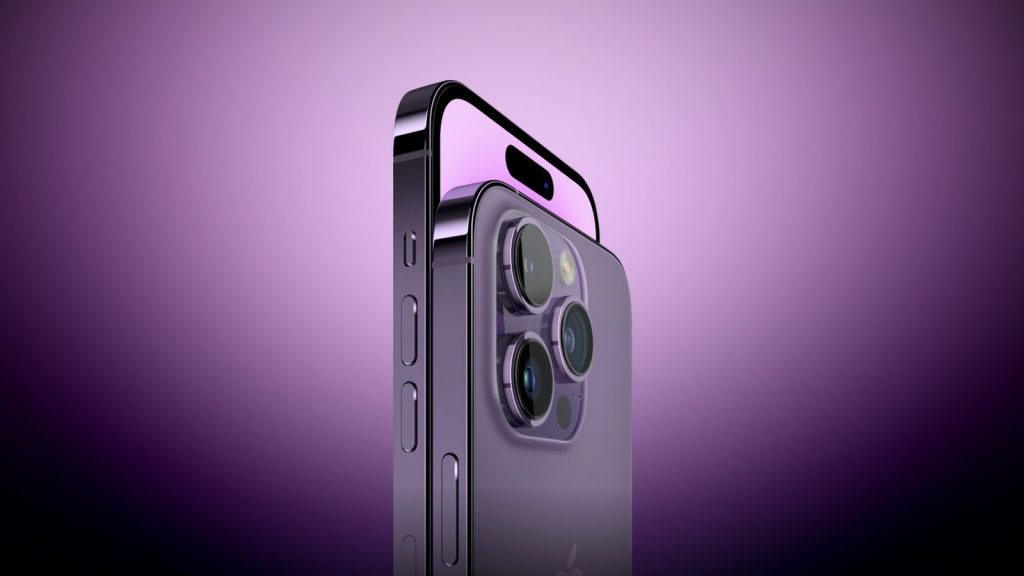Apple iPhones have been one of the best-selling smartphones in the world, and the company has been trying to add new features to the device with each iteration. However, the company still lags in some technologies and features compared to some flagship Android offerings.
While most of the premium Android smartphones come with under-display biometric authentication to unlock the device, Apple has still been unable to add such technology to its devices, and it appears that it isn’t happening anytime soon.

According to the latest report coming from Ross Young, Apple is unlikely to implement the under-display Face ID technology on its smartphones until 2025. So, if you have been waiting for iPhones without a display notch, you would have to wait a few more years as the Cupertino-based tech giant isn’t prepared to implement under-display technology anytime soon.
Earlier, it was reported that the Apple iPhone with under-display Face ID could be officially launched in 2024, but the timeframe appears to have been pushed back because of sensor-related issues. Going by the new timeframe suggested, the Apple iPhone 17 lineup could be the first to have Face ID components hidden under the display.
Even when Apple adds under-display Face ID technology to the iPhones, it is said that the phone will still have a hole for the front-facing camera sensors. While we expect major changes to the smartphone, it is too early to speculate what changes will happen to the iPhone’s design as the company implements new technologies.
For the upcoming iPhone 15 series, Apple will add Dynamic Island to all four models, which is currently limited to iPhone 14 Pro models only. We expect a few other major changes with the upcoming iPhone lineup, especially the adoption of a USB-C port instead of the company’s proprietary Lightning port. The company is also rumored to launch an Ultra model in the iPhone lineup, but it’s not yet clear if the device is getting launched this year or next year.
RELATED:
- The Age of Apple: The iPhone Isn’t Capturing the Attention of Users Over 40
- Apple, Samsung, and Other Tech Giants Experience Decline in Wearables Shipments During Q4 2022
- Apple Puts Spotlight on India with New Sales Management Approach
- OnePlus Ace 2V (Nord 3) Has Flagship-Grade Aluminium Frame, All Ace Devices will get Aluminium
- Samsung Denies Rumors of Major Changes to Flagship Chipsets







